Aug 20, 2011
John transferred to Stony Brook-Southampton campus for the fall 2007 semester as a Marine Science major and graduated in spring 2011 with a Bachelor of Science degree. As an undergraduate, he took a suite of marine-related courses – all of Physical, Biological, and Coastal Oceanography, as well as Long Island Marine Habitats and Experimental Marine Biology. These experiential classes gave John the opportunity to get out on the water and gain practical experience to compliment what he was learning in the traditional classroom setting.
While a student, John also became involved in a number of research projects. In 2010, he was an intern in Dr. Chris Gobler’s lab at Southampton working on mesocosm experiments pertaining to the Shinnecock Bay Restoration Project (ShiRP, http://shinnecockbay.org/). During that summer, he also participated on the Southampton Blue Oyster Project (S-BOP), where he worked for Drs. Kurt Bretsch and Joe Warren monitoring oyster growth and water quality conditions at several locations within the Shinnecock and Peconic Bays. After graduation, he continued working as a technician on the ShiRP project, as well as crewing on the research vessels out of the SoMAS Southampton Marine Station and on SoMAS’s R/V Seawolf out of Port Jefferson.
John is currently working for the Marine Program of Cornell Cooperative Extension of Suffolk County as a fisheries technician. He is working on two different projects. John works on the lobster pot retrieval project in Long Island Sound, working with local fishermen to retrieve derelict lobster pots. The second project involves testing new fishing gear aimed at reducing by-catch. He has worked on ocean trawlers testing out new gear for the summer flounder fishery aimed at reducing sea turtle by-catch, as well as new gear for the squid fishery.
John reflects on his time at SoMAS: “From Somas I have learned the importance of working well with others as a team, seeing something all the way through, to finish what is started, and to do a thorough job not just for myself but for others as well.”
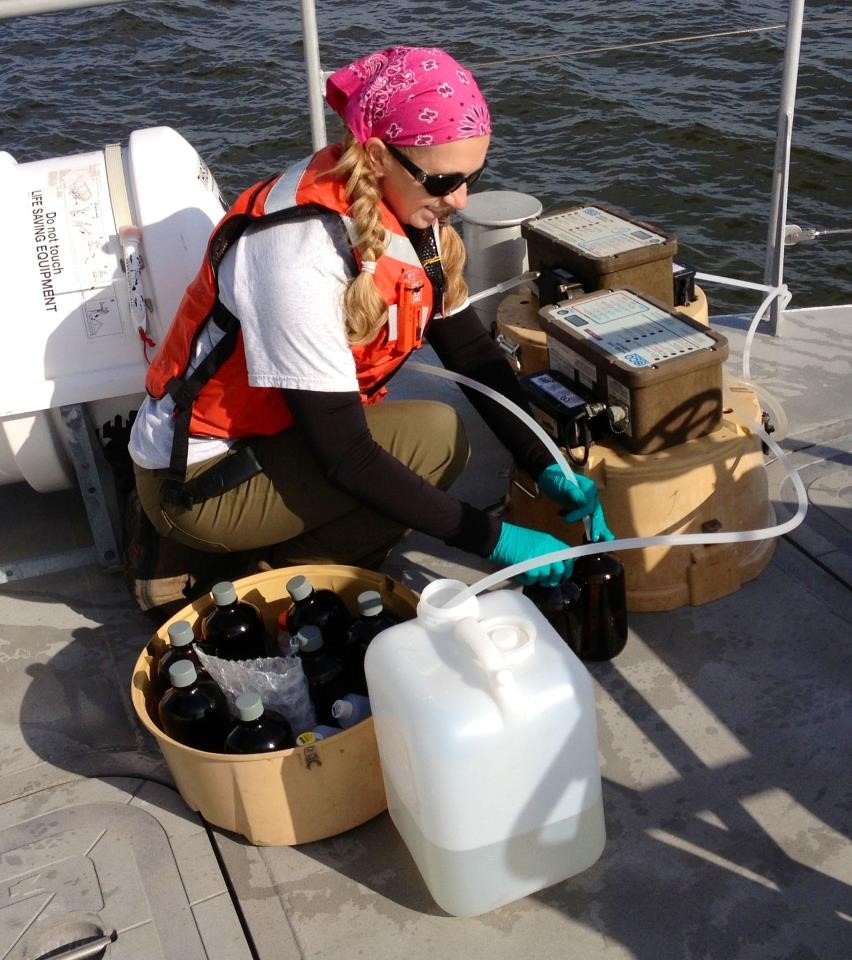
Aug 19, 2011
Morgan Gelinas (MS, 2011) studied ship wakes in the Venice Lagoon, Italy. Here, very large ships routinely navigate a deep dredged channel cut through a shallow lagoon. The wakes they create propagate over the adjacent shoals for long distances, resuspending sediment as they go. Morgan described these wakes as Bernoulli waves, or non-linear N-waves, using the same equations that govern the propagation of tsunamis over the deep-ocean basins (Gelinas, M, H. Bokuniewicz, J. Rapaglia, and K.M.M. Lwiza, 2013. Sediment Resuspension by Ship Wakes in the Venice Lagoon Journal of Coastal Research: Volume 29, Issue 1: 8-17. doi: http://dx.doi.org/10.2112/JCOASTRES-D-11-00213.1).
She is now a scientist specializing in marine geology and hydrodynamic processes working for EA Engineering, Science and Technology, Inc. EA has offices from Guam to Maryland and Morgan is leading many of their field efforts. Her professional duties include such a diverse array of studies such as sediment testing, ocean permitting, marine bathymetric surveys, aquatic site characterizations, interpreting ecotoxicological and bioaccumulation/tissue testing and analysis. Morgan is currently working on a site characterization study in Duluth, MN in the St. Louis River/Lake Superior area, but she has been in most of the Great Lakes in the past two summers on EPA projects. She routinely pilots the boat for bathymetric work or coring all over in the Chesapeake Bay, Gulf of Mexico and greater NYC area.
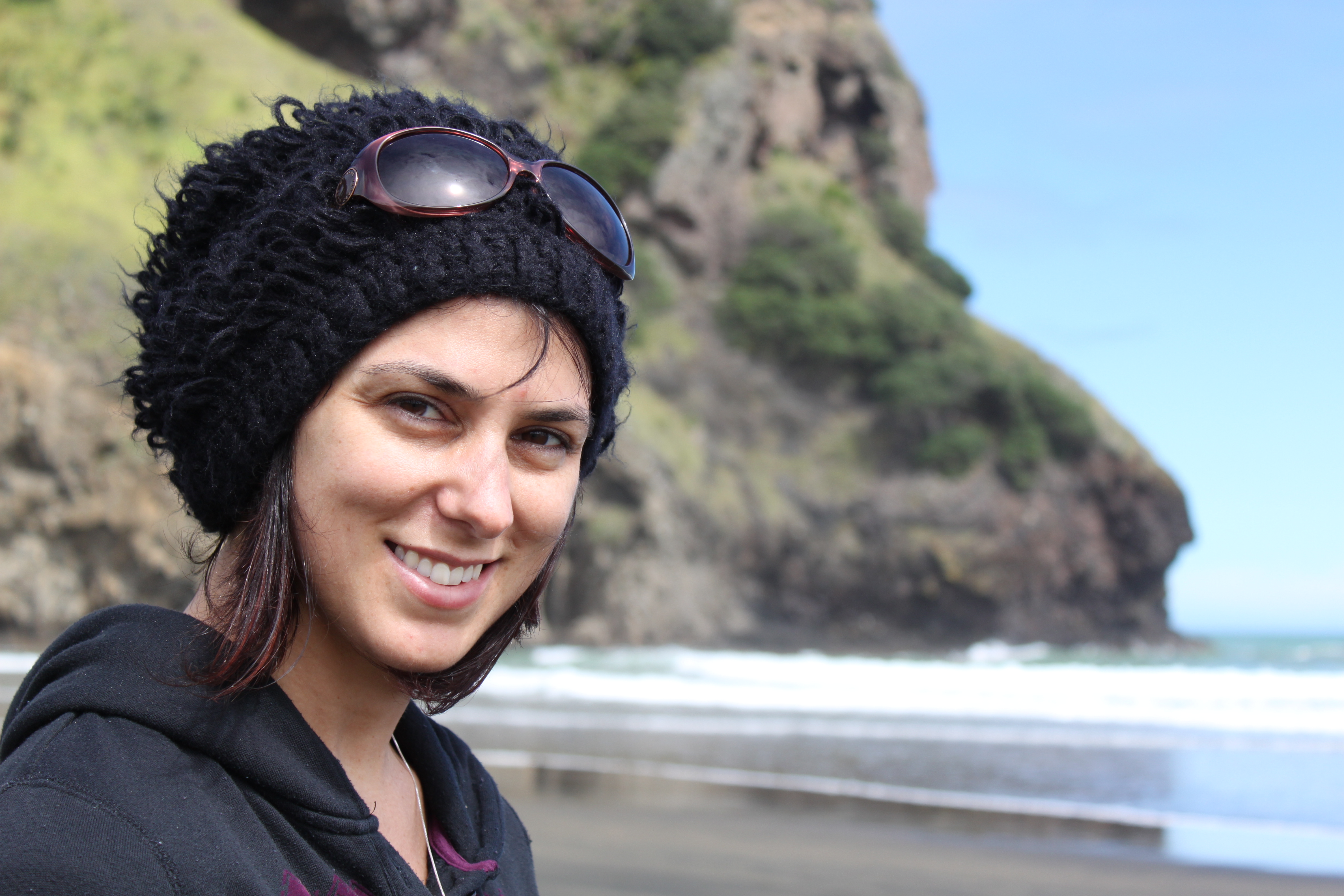
May 27, 2011
Kelly Lombardo, received her Ph.D. in 2011 from SoMAS working with Professor Brian Colle and is now an Assistant Professor at the University of Connecticut. At her current position, the job responsibilities that she enjoys most are teaching, developing new courses,...

Mar 19, 2011
Graduates from the Marine Conservation and Policy Program are prepared for a variety of careers, including jobs in the government, non-profit, and private sectors. One recent MCP graduate, Hazel Wodehouse, is training the next generation of ocean scientists at Suffolk...
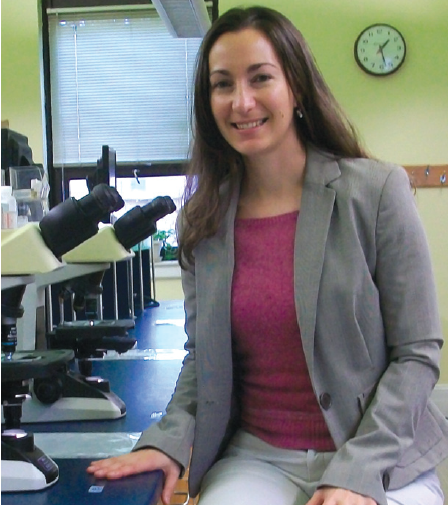
Feb 26, 2011
KESTREL PEREZ graduated in 2011 with her PhD in marine and atmospheric sciences. Under the advisement of Professor Stephan Munch, Kestrel’s dissertation examined the evolution of size in fish and evaluated the strength of natural selection and the presence of prolonged trade-offs from an early period of fast growth to better understand the evolution of size. She joined the School of Marine and Atmospheric Sciences in 2005 as a scholar in the Alliance for Graduate Education and the Professoriate, and is a recipient of the Dr. W. Burghardt Turner Fellowship. Upon completing her PhD, Kestrel went on to a postdoctoral position at the University of Texas at Austin in the Department of Marine Sciences.
Kestrel is an assistant professor of biology at St. Joseph’s College in Brooklyn, N.Y., where she is teaching courses in marine biology and evolution and ecology, and mentoring undergrad researchers. Her research centers on marine biology. Specifically, she focuses on fish and invertebrate evolutionary ecology, the study of life history traits and maternal investments, and how variation in these areas influences larval fitness and recruitment.

May 27, 2010
Katie Kennedy is a licensed attorney in Pennsylvania, who became Associate Director of Stewardship for Lehigh University in 2014. Prior to graduating cum laude from the Appalachian School of Law in 2013, Katie obtained her BA in SoMAS’ Environmental Studies program...

Aug 17, 2009
Tom Di Liberto grew up on Long Island and has been fascinated by the weather since he was a young child. At SoMAS, Tom studied under professor Brian Colle of the Institute for Terrerstrial and Planetary Atmospheres (ITPA) and worked with the School’s Storm Surge Research Group. His thesis dealt with storm surges affecting the New York metropolitan region. After earning his Masters degree in Atmospheric Science/Meteorology in 2009, he joined the Climate Prediction Center of the National Oceanic and Atmospheric Administration (NOAA), where he works as a meteorologist forecasting the weather for Africa, Central America, Hispaniola, and Central Asia with a focus on weather hazards that could affect food security. In addition, Tom conducts research on the use of satellite-derived rainfall estimates in these regions. His research group’s studies took on a whole new level of importance during the past year due to Super Storm Sandy. In 2013, Tom won the “America’s Science Idol” competition.
The “America’s Science Idol” competition was sponsored by the National Science Foundation’s Office of Legislative and Public Affairs, Discover Magazine,Popular Science and the Point of Inquiry Podcast. Patterned a bit after “American Idol”, the fun and engaging workshop was designed to help scientists and engineers communicate with non-technical colleagues and audiences. In winning, Tom brought home some nice loot, viz.: 1-year subscriptions to Discover and Popular Science; a live guest appearance on the Point of Inquiry podcast and the Discover DVD, as well as a variety of opportunities to visit and link with science communication groups around the country.
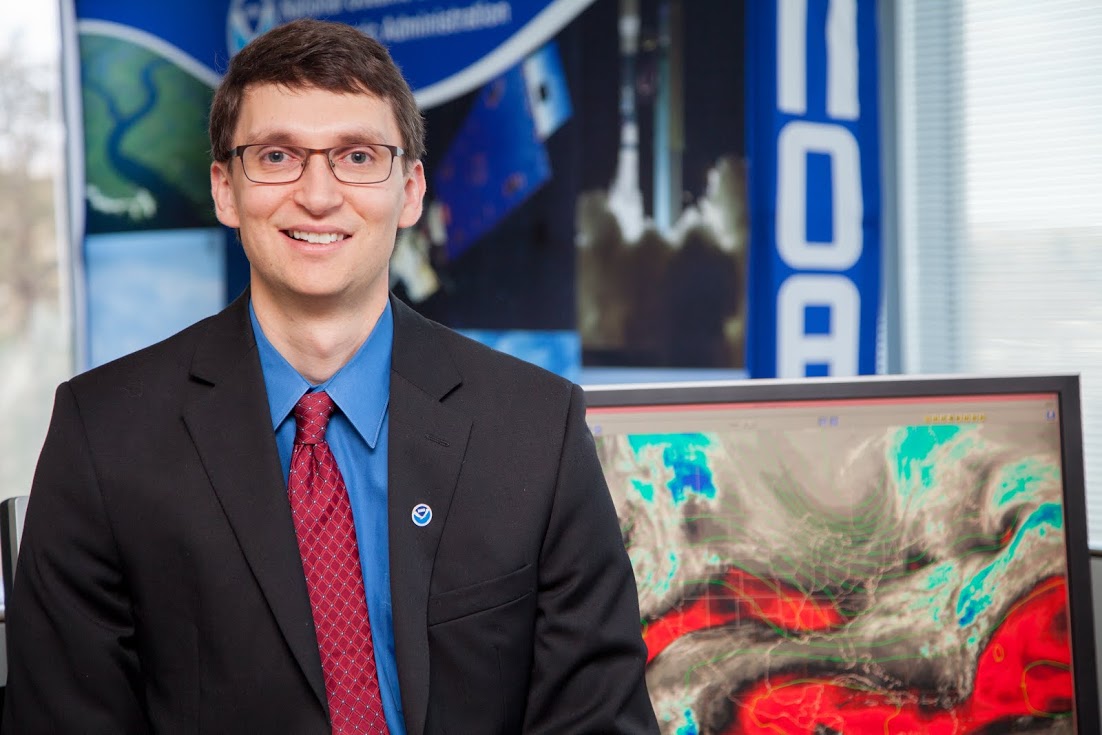
May 27, 2009
David Novak is the Director of the National Weather Service’s Weather Prediction Center in College Park, Maryland where he oversees national forecasts for heavy rainfall, snowfall, and hazardous weather. He received a PhD from SoMAS where his research involved...
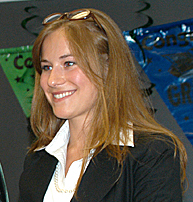
Aug 16, 2008
Did you check the weather report today? Then you probably know Katherine Rojowsky’s work. Katherine, an Atmospheric and Oceanic Sciences major, credits “amazing internships” with helping her mature as a meteorologist.
At WCBS-TV, Katherine prepared weather graphics and forecasts that were broadcast to millions of viewers and used by the Weather Channel. Private forecasting companies MetroWeather and Weather 2000 Inc. asked her to make weather predictions used by film and television production companies, golf courses, and local sports teams like the Mets and Long Island Ducks.
“I thought that being at SoMAS would help get me places, and I was right,” Katherine says. “I’ve already succeeded beyond my wildest dreams.”

Jul 16, 2008
Jae Lee received both her PhD and MS from SoMAS, graduating in 2008. For her master’s thesis, Jae looked at radiative transfer modeling with Professor Bob Cess to estimate the earth’s radiation balance. Her PhD conducted under the direction of Professor Sultan Hameed focused on how the sun can influence Earth’s climate.
Jae recalls “Stony Brook offered her a very good education. I learned everything I should know for my job at Stony Brook.”
Jae is currently a research scientist at the University of Maryland, Baltimore County, working at the NASA Goddard Space Flight Center. She is working on satellite mission for solar irradiance measurements and analyzing satellite data to determine solar variability and its impact on Earth’s climate. She is also “interested in arctic environment changes related with recent Greenland Ice Sheet losses.”
Jae’s advice to SoMAS students is to “Work and work, enjoy, be yourself; opportunities will come.”












